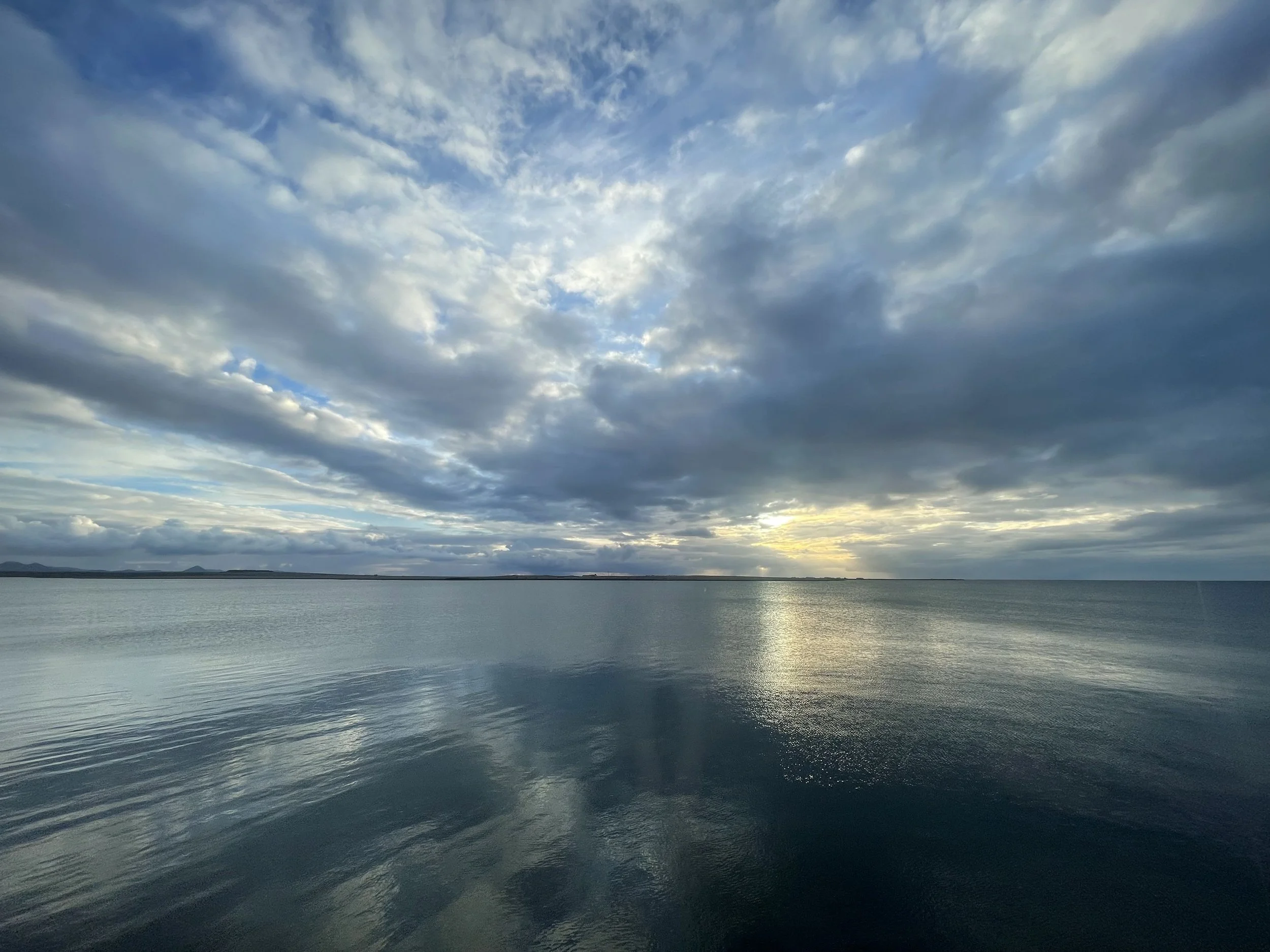Can indigenous peoples not practice indigenous religions? What if a non-indigenous person claims to practice their religion? Can people normally not considered indigenous have an indigenous religion? What if they claim they are reconstructing a tradition that died out? What does “indigenous” actually mean, and how does it relate to both people and religion? While I will offer some general suggestions of my own, the most important part of this essay explains why these apparently simple questions are so complicated.
The interfaith movement has an illustrious history of bringing the major religions together to compare similarities, share differences, build relationships, and discover new ways to work together for the betterment of humanity and the world. Collateral benefits that often go unnoticed include a multitude of meetings among smaller groups, communities included in global interfaith organizing efforts, who are now able to come together in their own smaller meetings, creating new networks of friendships where few existed before.





